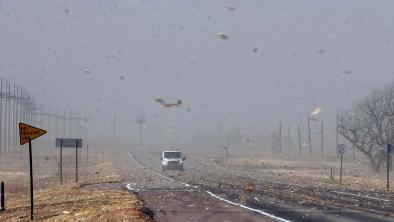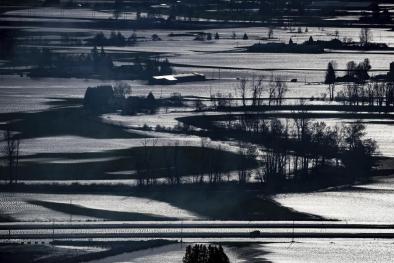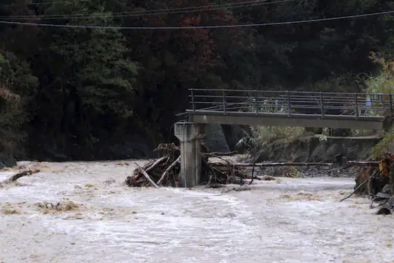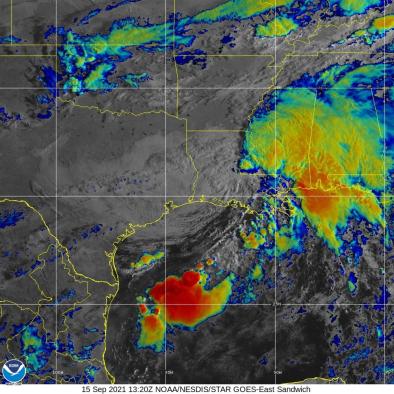Science Source
Incorporating model quality information in climate change detection and attribution studies
- Examines whether water vapor detection and attribution (D&A) results are sensitive to model quality
- Selects the “top 10” and “bottom 10” models with three different sets of skill measures and two different ranking approaches
- Repeats the entire D&A analysis with each of these different sets of more or less skillful models
- Performance metrics include the ability to simulate the mean state, the annual cycle, and the variability associated with El Niño
- Finds that estimates of an anthropogenic water vapor fingerprint are insensitive to current model uncertainties, and are governed by basic physical processes that are well-represented in climate models
- Concludes that because the fingerprint is both robust to current model uncertainties and dissimilar to the dominant noise patterns, our ability to identify an anthropogenic influence on observed multidecadal changes in water vapor is not affected by “screening” based on model quality
Related Content
Headline

Dec 17, 2021 | Climate Nexus Hot News
'Obviously Extraordinary, Unprecedented' Storm Rips Across Central US
Headline

Nov 19, 2021 | Climate Nexus Hot News
Thousands Stranded By British Columbia Floods
Headline

Oct 13, 2021 | Washington Post
Deluge in Italy sets European record: 29 inches in 12 hours
Headline

Sep 15, 2021 | Climate Nexus Hot News
Nicholas Pours Drenching Rain On Already Battered Gulf Coast


